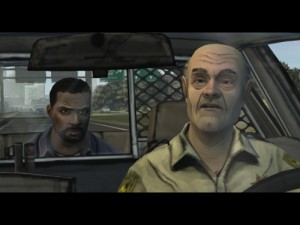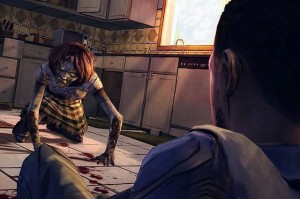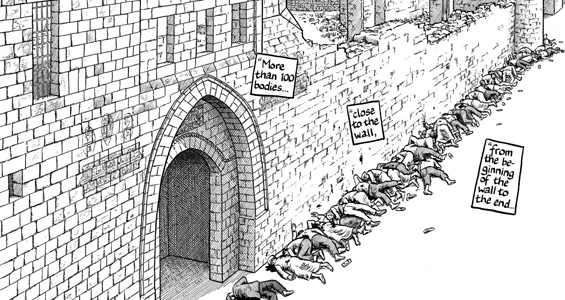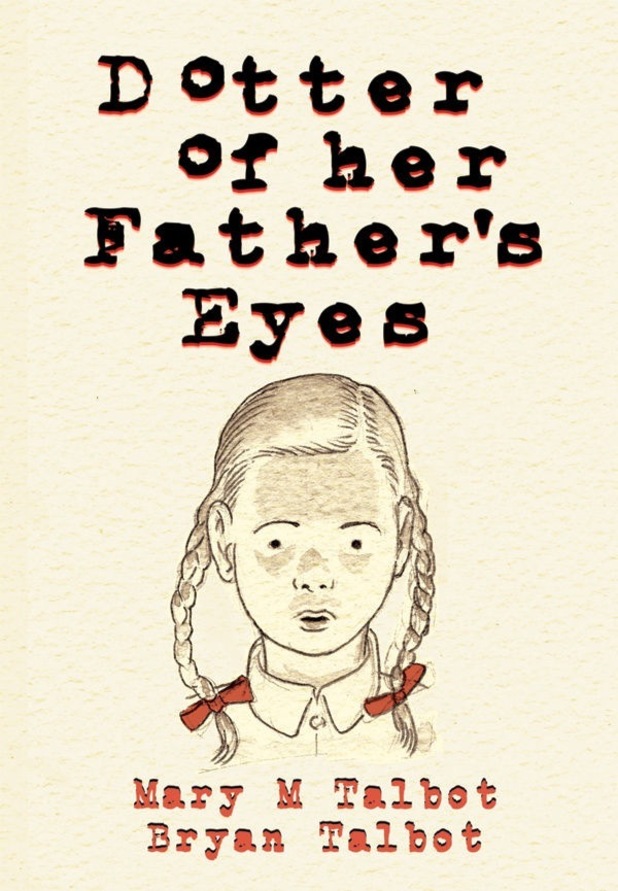
Celebrated sci-fi author China Miéville spoke about the “geekification of popular culture”, and his desire to build a counter-history of popular literature through the “books that don’t fit” at the World Writers’ Conference event, hosted by the Edinburgh International Book Festival on Saturday. The event as a whole was rather directionless; despite acting as a sort of epilogue for the “nomadic” World Writers’ Conference which kicked off at the EIBF last year, and has since visited 15 cities around the world, Saturday’s event was not, strangely, based around the series of questions which have united the Conference’s myriad lectures, debates and discussions over the past 12 months. In fact, of the Conference’s five major themes – “A National Literature”, “Censorship Today”, “Style vs Content”, “The Future of the Novel” and “Should Literature be Political?” – only the latter two were touched upon by Miéville and his fellow speakers, Sema Kaygusuz and Hari Kunzru, during the admittedly short event on Saturday.
At EIBF last August, Miéville gave an eloquent lecture on “The Future of the Novel”, a theme to which he returned this year by considering also the novel’s past and present. The novel, he argued, remains “as tenacious as a cockroach”, but a quick look at the history of the form reveals that often the most interesting books are the ones over which the author seems to have lost some control. This loss of control is, said Miéville, undoubtedly a good thing in creative terms, and will hopefully become a more regular occurrence in the future with the possibility of so-called “literary mash-ups”, where readers will take control of and remodel a text themselves. A radical prediction, but one which is becoming ever more likely, with a process of “geekification”, as he called it, ensuring that what once was subculture is now simply culture, as demonstrated by the widespread success of E.L. James’ Fifty Shades of Grey, which of course began life as Twilight fan-fiction. There’s room for so many different approaches to narrative, he suggested, because people crave both simplicity and complexity in storytelling, and so both are constantly jostling for position.

Turkish writer Sema Kaygusuz spoke briefly about how writers can reclaim old myths to create narrative around progressive political movements, as has happened recently in her homeland, and how literature will eventually begin to chronicle such upheaval, but it could be as long as ten years before these events begin to seep into Turkish (and international) fiction. Hari Kunzru outlined his latest project, which involved collaborating with the V&A Museum in London to tell a story (originally in novella form) in a gallery space. His apocalyptic sci-fi, Memory Palace, was, he said, really an attempt to write about austerity in Britain today, and through his collaboration with typographers, graphic designers and illustrators became an exhibition of non-linear narrative which visitors could each experience in their own unique way.
The event concluded with all three authors discussing the democratisation of publishing, and the role of gatekeepers and “Darwinism” in sorting out the signal-to-noise ratio. They also tackled the popular comparison of high-quality American TV shows like The Wire to the novel format. More than once, commentators have likened such shows to “televisual novels”, but all three writers agreed that what they actually resemble, at least in form, is 19th century novels, due to their episodic nature. The modern novel is capable of things beyond the reach of TV shows, an adaptability that will only be improved, argued Miéville, by the continued undermining of the myth of the “wise author”.
The Edinburgh World Writers’ Conference 2012-13 will conclude later this month in Australia, at the annual Melbourne Writers’ Festival.











